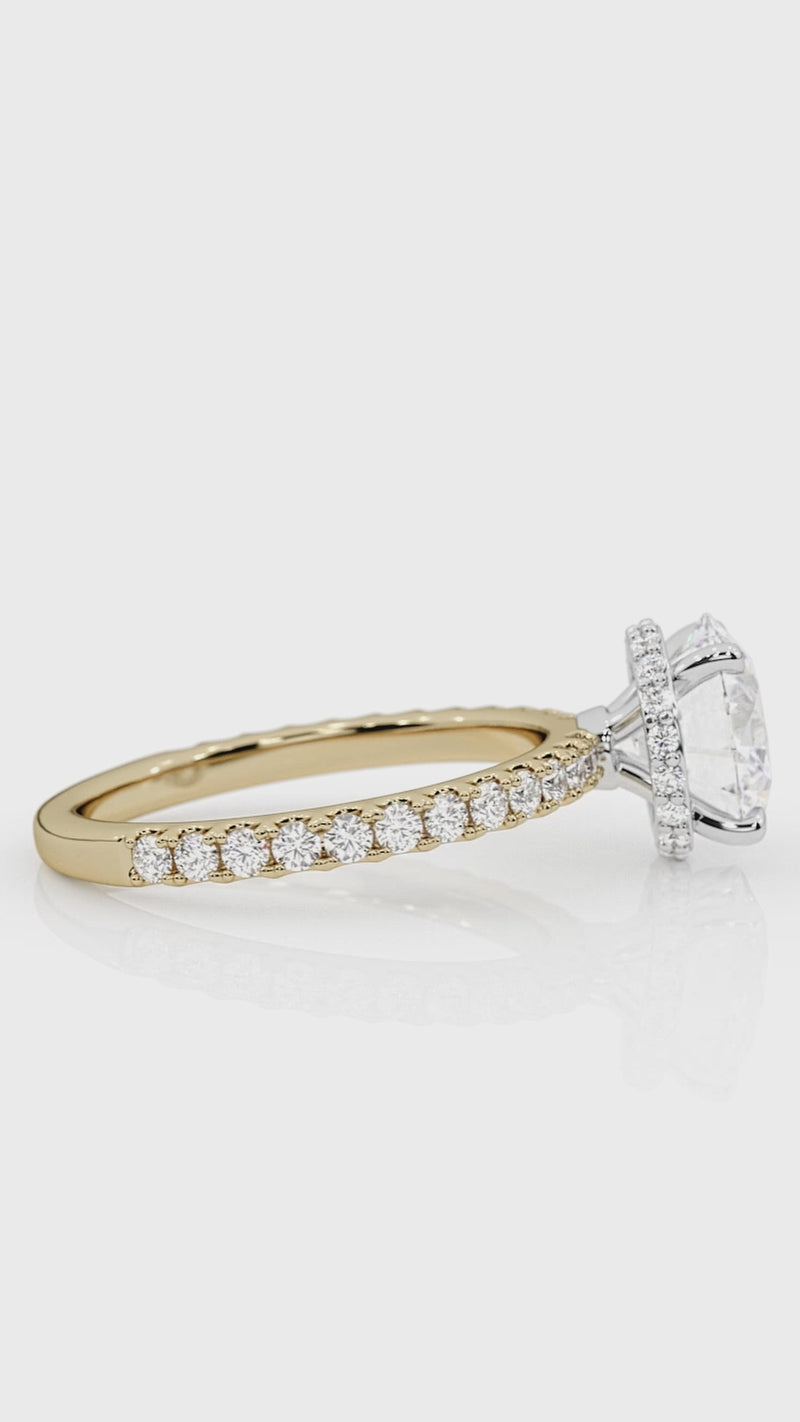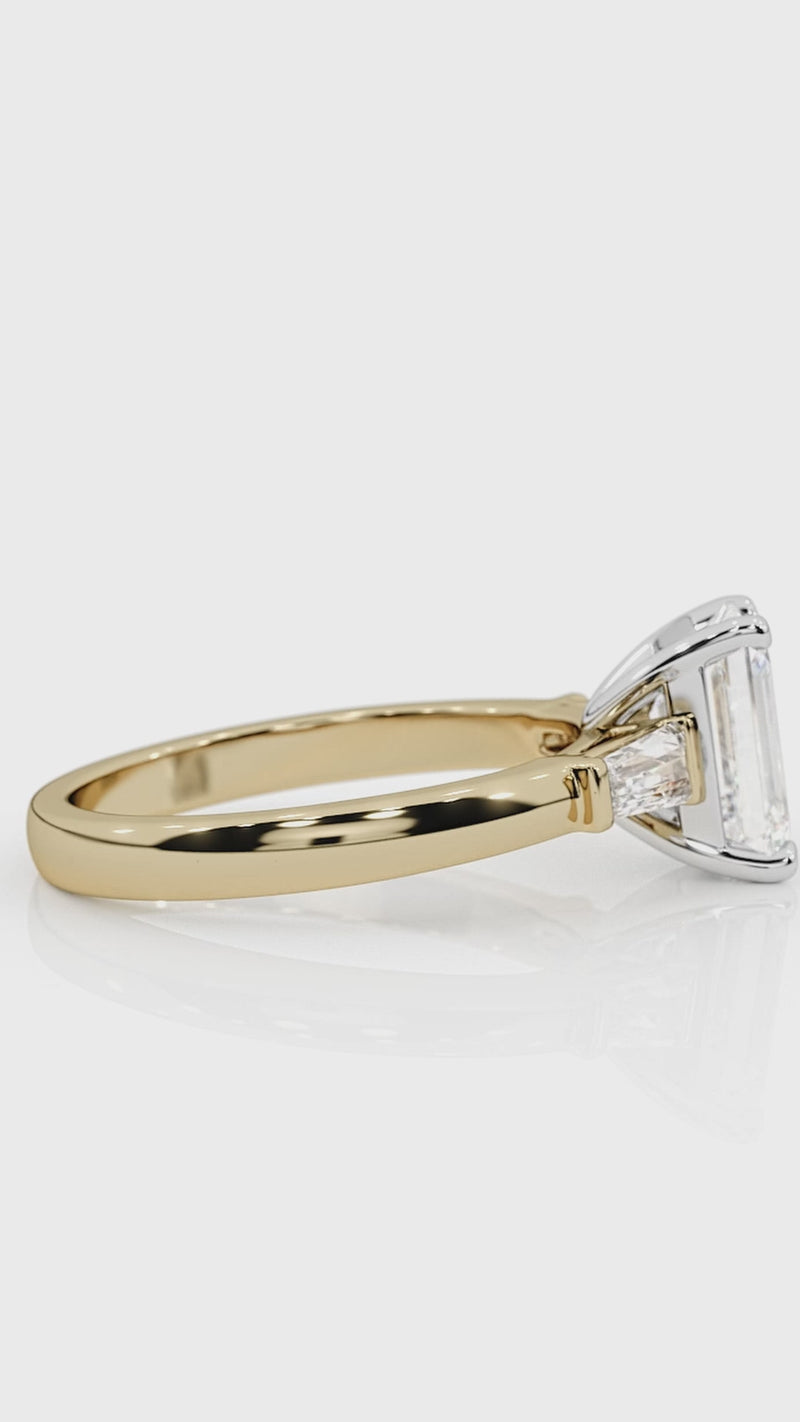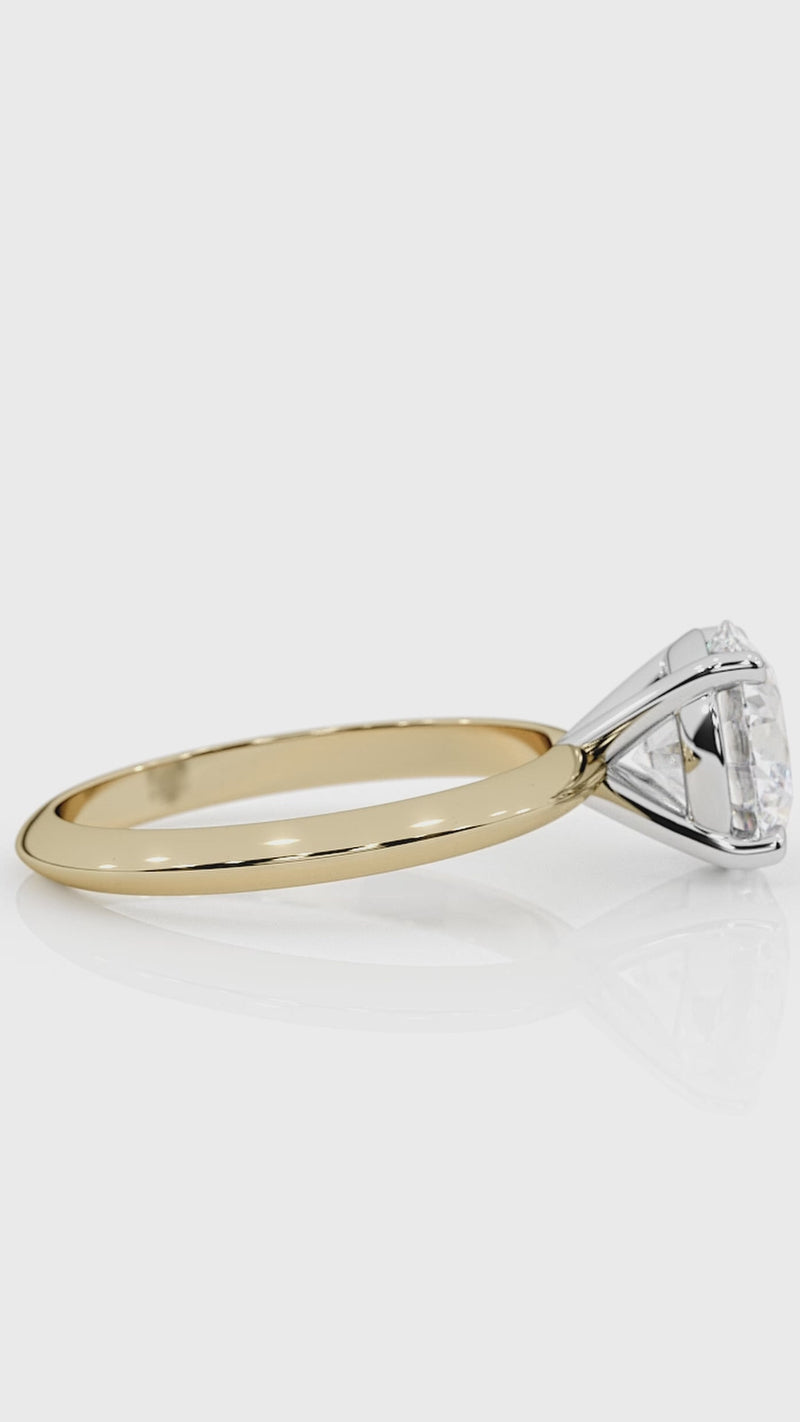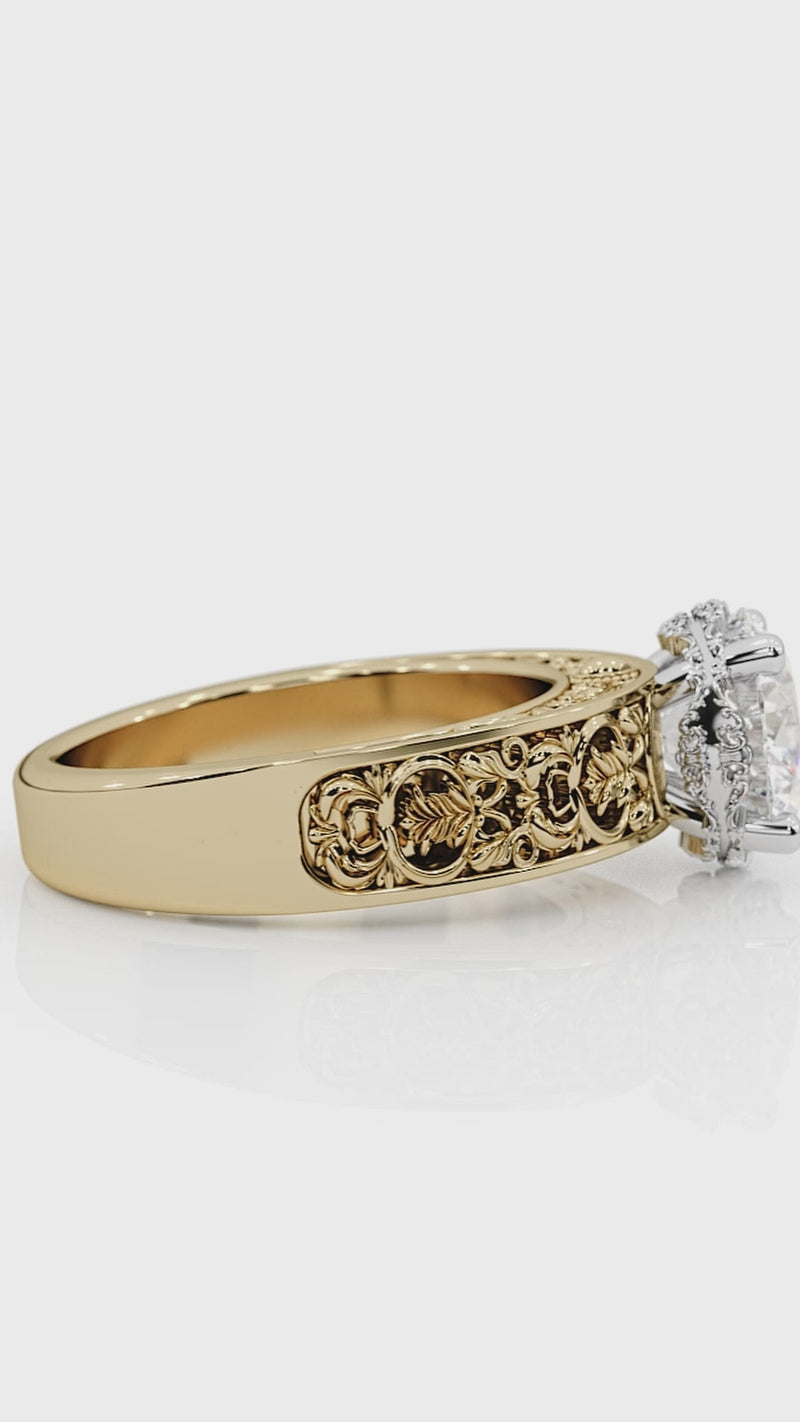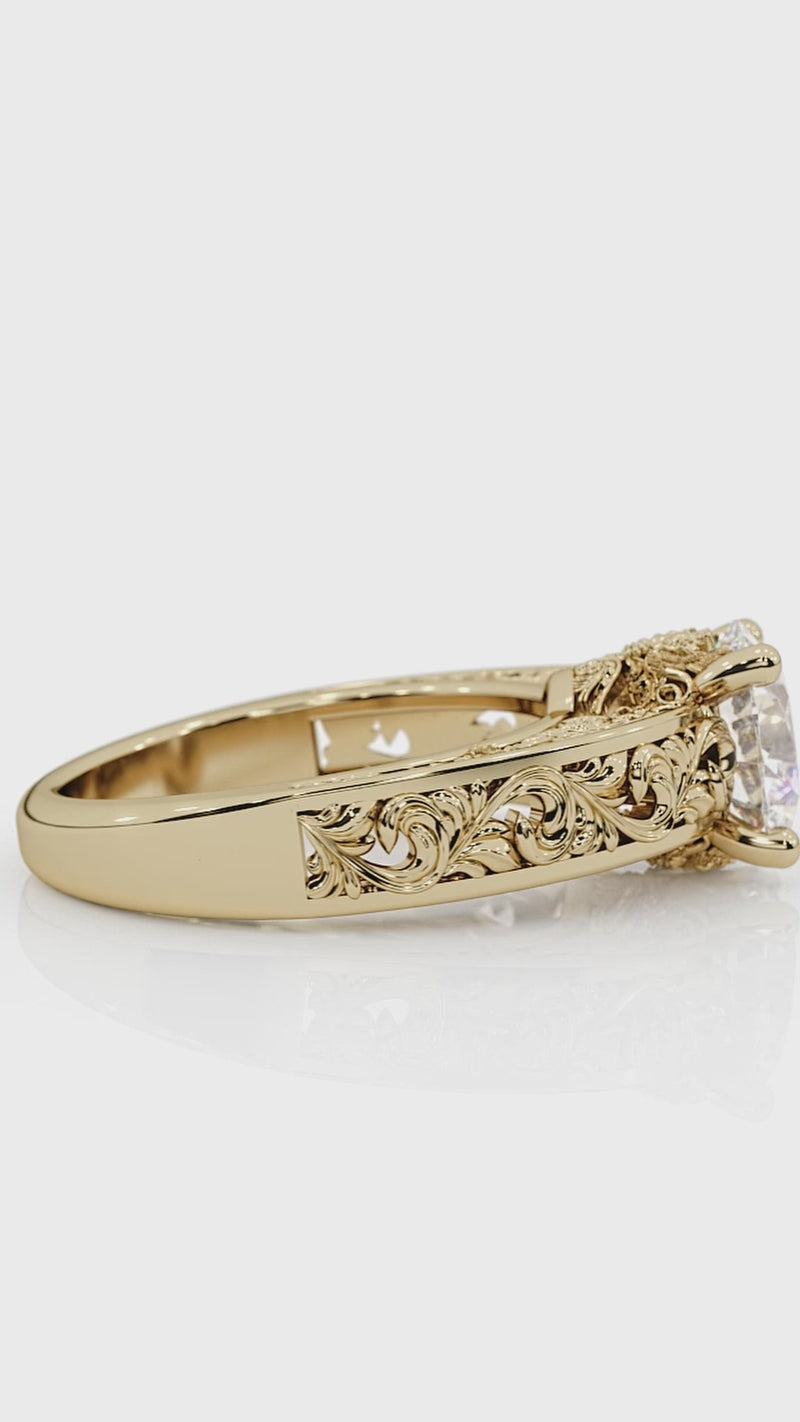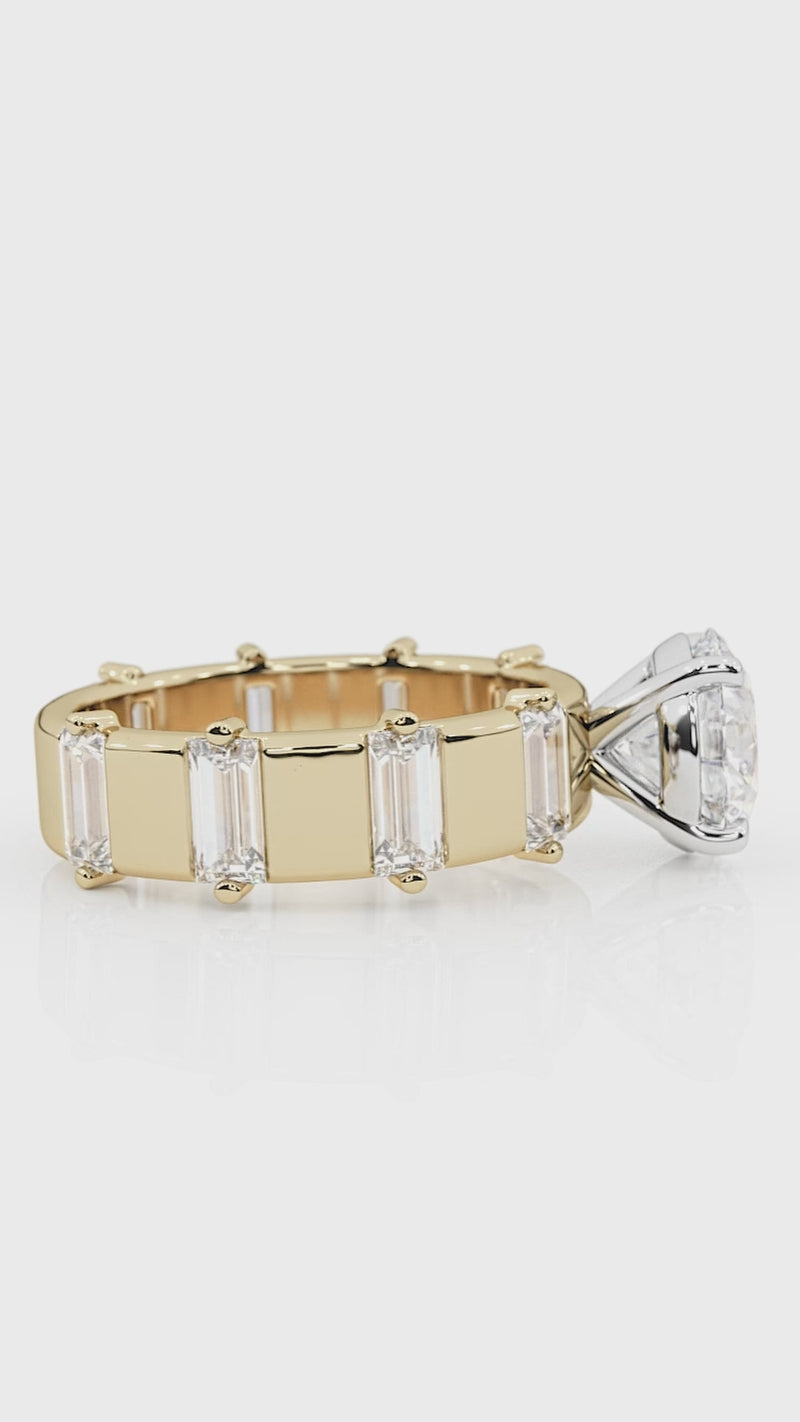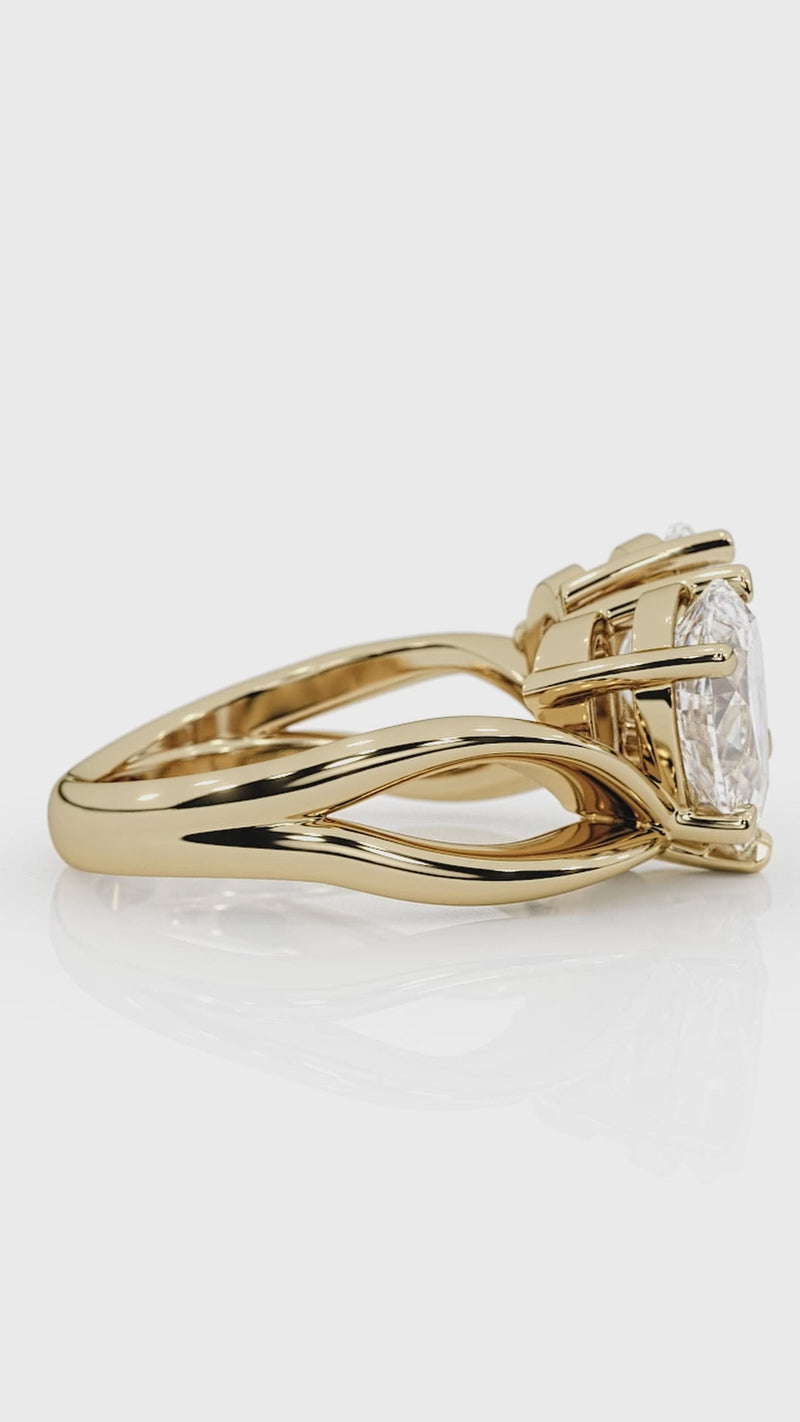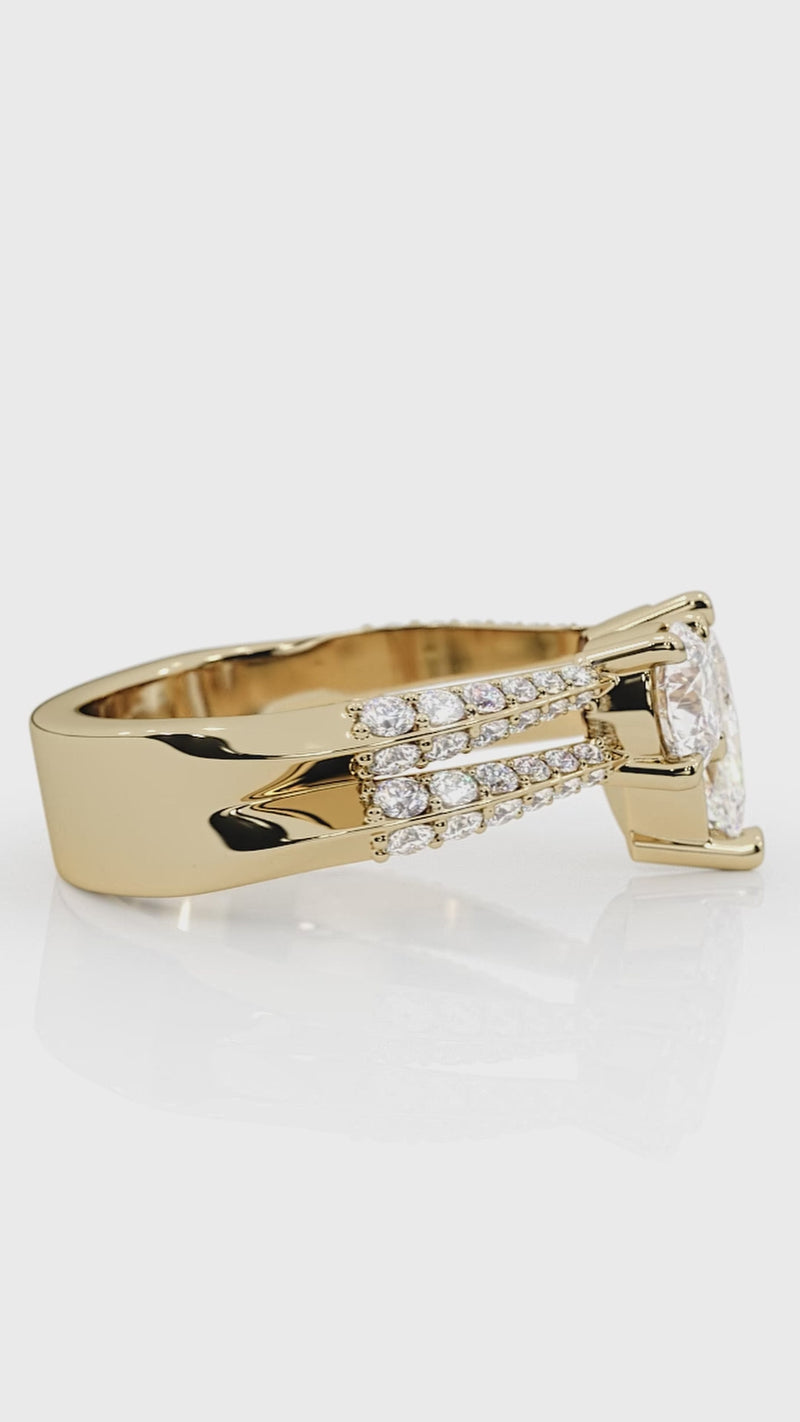Colour, the Most Subjective of the 4 Cs
When it comes to choosing the perfect diamond, industry experts refer to the “4 Cs”: cut, clarity, carat, and colour. While each of these characteristics plays a crucial role in determining a diamond’s value and beauty, colour stands out as particularly elusive and subjective. Unlike cut or clarity, which can be measured under a microscope, or carat, which is simply a matter of weight, colour involves perception—how the human eye interprets and experiences the subtle (or dramatic) hues within a gemstone. Below, we’ll explore why colour is considered the most subjective of the 4 Cs, how it’s graded, and its impact on price, as well as what you should keep in mind when selecting the perfect diamond.
The Science Behind Diamond Colour
Although we often think of diamonds as “colourless,” the reality is that almost every diamond displays some degree of hue. In most gem-grade diamonds, this hue typically leans toward yellow or brown. Trace elements—often minute amounts of nitrogen—impart subtle colour to the diamond’s crystal lattice. The stronger the presence of these elements, the deeper the diamond’s body colour will appear.
On the other hand, diamonds also come in a rainbow of fancy colours, from vivid yellows and pinks to radiant greens and blues. These rarer hues are caused by different elements or even structural anomalies within the diamond’s crystalline composition. For instance, the presence of boron can result in a mesmerizing blue hue, while minute structural distortions may lead to a captivating pink.
How Diamond Colour Is Graded
The Gemological Institute of America (GIA) established a widely recognized grading scale to assess a diamond’s colour. This scale runs from D (colourless) to Z (light yellow or brown). Here’s a quick look at what this entails:
-
D, E, F: These are the most rare and expensive colourless diamonds. Under normal viewing conditions, these gems have no discernible hue.
-
G, H, I, J: Diamonds in this range exhibit a near-colourless appearance; the slight tint is often virtually undetectable to an untrained eye.
-
K–M: Faint tints become more visible, typically in the yellow or brown families.
-
N–R: Light tints are more obvious, although the diamond can still possess unique beauty depending on other factors like cut.
-
S–Z: Diamonds in this range show a more noticeable colour saturation.
Notably, even small changes from one grade to the next can make a difference in a diamond’s overall look and price. However, this scale mainly covers the standard near-colourless to light-hued diamonds. Fancy-colour diamonds, with strong or vivid hues, use a separate classification system altogether.
Why Colour Is So Subjective
-
Personal Preference
One individual might love the icy transparency of a D-colour diamond, while someone else might find a warm, faintly tinted stone more characterful or romantic. Perception is deeply personal, tied to experiences and aesthetic tastes. Many also enjoy the unique glow of a fancy-colour diamond, whether pink or canary yellow, precisely because it stands out from the traditional colourless crowd. -
Lighting Conditions
A diamond’s colour can vary significantly under different lighting sources—sunlight, fluorescent office lights, or dim indoor lamps can alter how our eyes see colour. A diamond graded G may appear closer to a higher colour grade in bright natural light and drift toward a lower grade in a warm incandescent setting. The shift in perception can be subtle or quite striking, reminding us how malleable colour impression can be. -
Surrounding Colours and Context
Jewellery rarely exists in isolation. A diamond’s appearance is influenced by the colour of its setting (white gold, yellow gold, or platinum), the wearer’s skin tone, and any additional gemstone accents. A G-colour diamond set in yellow gold might appear warmer, while a similar diamond set in platinum might have a cooler cast. The interplay of surrounding materials and tones dramatically affects the observer’s perception. -
Cultural and Emotional Factors
Colour preference can be shaped by cultural traditions and emotional associations. In some cultures, warmer hues might be associated with luxury, good fortune, or specific life events. In others, a cool, almost icy white gem is prized above all. This cultural backdrop influences not only what we value but also how we respond emotionally to a particular gemstone.
The Impact of Colour on Price
Colour is a major factor in diamond pricing, often second only to carat weight in terms of cost influence:
-
Colourless Premium
Diamonds graded in the D–F range are the rarest and, therefore, command a premium. Even slight differences within this high-end range—such as from D to E—can translate into hundreds or thousands of dollars’ difference in price for stones of similar carat weight. -
Value in Near-Colourless
Near-colourless diamonds (G–J) tend to offer a more budget-friendly sweet spot. They have only slight hints of warmth that many people can’t detect without a side-by-side comparison to a higher-graded stone, yet they come at a lower price point than the colourless range. -
Warm Tones and Trade-Offs
Diamonds in the K–M or lower colour grades often have more pronounced warmth. While some may love the soft glow of these hues—especially when set in yellow gold—others find the tint undesirable. Because these grades are more plentiful, the cost per carat is typically lower, allowing buyers to go up in carat weight or invest in a higher cut quality if they prefer a larger or more brilliant diamond. -
Fancy-Colour Rarity
Natural fancy-colour diamonds (pink, blue, green, etc.) can fetch extraordinary prices due to their rarity. A “Fancy Vivid” hue with strong, saturated colour is not only visually striking but also highly sought after by collectors and investors. -
Subjectivity Drives Demand
Ultimately, personal taste plays a substantial role in price. If a particular hue falls in or out of fashion—such as the rising popularity of champagne or brown diamonds—its market value can change significantly, further underscoring the subjective nature of colour’s impact on cost.
Practical Tips for Choosing Diamond Colour
-
Budget Allocation
Colourless diamonds (D–F) can carry a higher price tag. If your heart is set on maximizing size or prioritizing an exceptional cut, opting for a near-colourless grade like G or H may offer the best balance between appearance and cost. -
Try It On
The best way to choose a diamond colour is to view it in person, preferably in multiple lighting conditions. Notice how the gemstone looks under store lighting, natural sunlight, and softer indoor light. A stone you dismiss under one light may surprise you in another. -
Match the Metal
Consider the metal you plan to use for the ring or setting. Warmer metals like yellow gold can offset or downplay the diamond’s warmth, whereas white metals like platinum or white gold accentuate a cooler, colourless tone. -
Look at the Whole Diamond
Don’t forget that a diamond’s beauty depends on a harmonious interplay of all 4 Cs. A masterful cut can optimize sparkle and brilliance, making faint hues seem less noticeable. Meanwhile, high clarity lets light dance through the stone, drawing attention to its scintillation rather than minute colour tints. -
Consider Fancy-Colour Diamonds
If you love colour—or if you just want something out of the ordinary—explore fancy-colour diamonds. Their vibrant hues can make an unforgettable statement, and in some cases, these gems can be more rare and valuable than even the top-tier colourless diamonds.
The Art and Science of Colour Appreciation
At the end of the day, colour is both an art and a science. Instrument-based grading and reference diamonds strive to bring consistency and objectivity, but how you experience a diamond’s colour is inherently personal. Your brain processes colour in ways that can vary from the person next to you, shaped by biology, personal preference, and surrounding environmental factors.
Yet, that’s the beauty of colour—it’s in the eye of the beholder. If you find a diamond whose hue resonates with your own sense of style and spirit, then you’ve found the right gem. By understanding the scientific grading systems and taking into account real-world variables like lighting and personal preference, you can select a diamond that shines with individuality and timeless allure.
Conclusion
Colour sits at the intersection of measurable science and personal perception—making it the most subjective of the 4 Cs. From the near-colourless shimmer of D–F grades to the warm, inviting glow of K–M stones or the bold statement of fancy-colour diamonds, there’s a virtually endless palette to choose from. Whether you’re seeking an icy white masterpiece or a saturated fancy hue, your perfect diamond is the one that catches your eye and speaks to your heart. After all, it’s the diamond’s story—and your own—that brings the gem’s colour to life.


